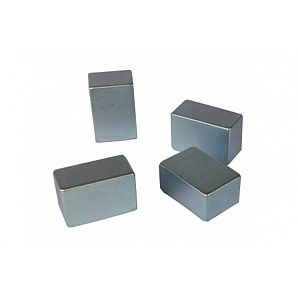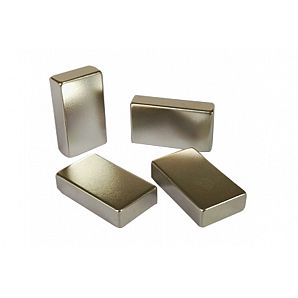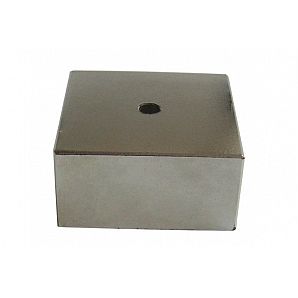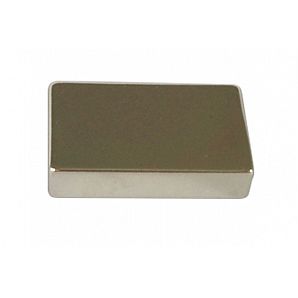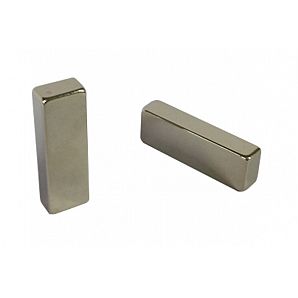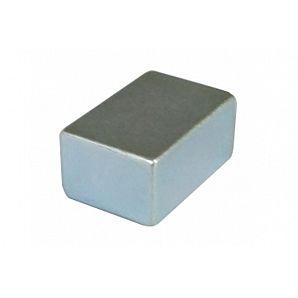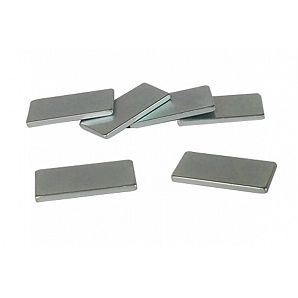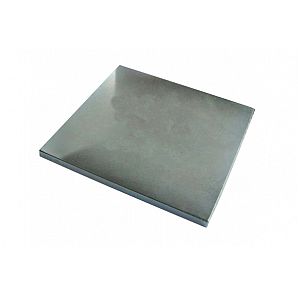The function strong magnet of general magnetic data can be expressed by four parameters, namely residual magnetic induction strength (referred to as residual magnetic) Br (unit Gauss GS or MILLITE MT, 1mt = 10GS), coercive force HCB (unit OSTE OE), intrinsic coercive force Hcj (single OSTE OE), maximum magnetic energy product (BH) max (unit megohm mgoe), among which BR, Hcj, (BH) M Ax three parameters is the most direct representation.
The relationship between three BR, Hcj, (BH) max
The size of BR can be used to represent the surface magnetic field after magnetization of magnet; the size of Hcj can be used to represent the anti demagnetization ability and temperature resistance after magnetization of magnet; (BH) max is the maximum value of the product of Br and Hcj, and its size directly represents the performance of magnet. Ce of magnet. At present, we have not detected magnets with the maximum energy of bonding NdFeB (BH) greater than 11.5.
These two elements have similar physical and chemical properties, so it is more economical to produce rare earth permanent magnet alloy by using rare earth permanent magnet alloy instead of pure metal neodymium. Because the ratio of Nd / PR in ore is about 4:1, the ratio of Nd / PR in most commercial magnets is also about 4:1. The coercive force (Hcj or HCI) of the material can be significantly increased by substituting Dy and / or TB for ND. Due to high cost and large br loss, the total content of Dy and TB in the magnet is usually less than 10wt%. Generally speaking, the total content of rare earth elements in the magnet is about 30 wt%, and the material cost accounts for about 70% of the magnet, or even higher, which depends on the specific rare earth elements and their content. In addition to neodymium and iron, boron is also essential for sintered neodymium iron boron magnets. Although the content of B element in the magnet is only about 1wt%, the stability of the intermetallic phase must be guaranteed in order to keep its magnetic properties stable. In addition, in order to improve the thermal stability and corrosion resistance of the alloy, a small amount of cobalt (CO) is used instead of iron, and a small amount of aluminum (AL) and copper (Cu) are added to improve the structure uniformity of the alloy, so as to improve the Hcj and (BH) max of the alloy.
From the X-ray diffraction (XRD) spectra of sintered Nd2Fe14B magnets, it can be seen that the Nd2Fe14B tetragonal phase is the main phase of the magnets. Scanning electron microscope (SEM) image shows that the dark gray area is Nd2Fe14B grain, the average grain size is about 6-8 μ m, the light gray area around the grain is nickel rich grain boundary, and the average grain boundary thickness between adjacent grains is about 10nm, as shown by transmission electron microscope (TEM). The sintering process of sintered NdFeB magnets is actually a liquid phase sintering process. The melting point of the grain boundary phase is lower than that of the grain boundary phase, which will melt into liquid phase in the process of sintering and subsequent annealing. Therefore, it is very important to densify the magnet and improve its structure uniformity to improve its magnetic properties.

